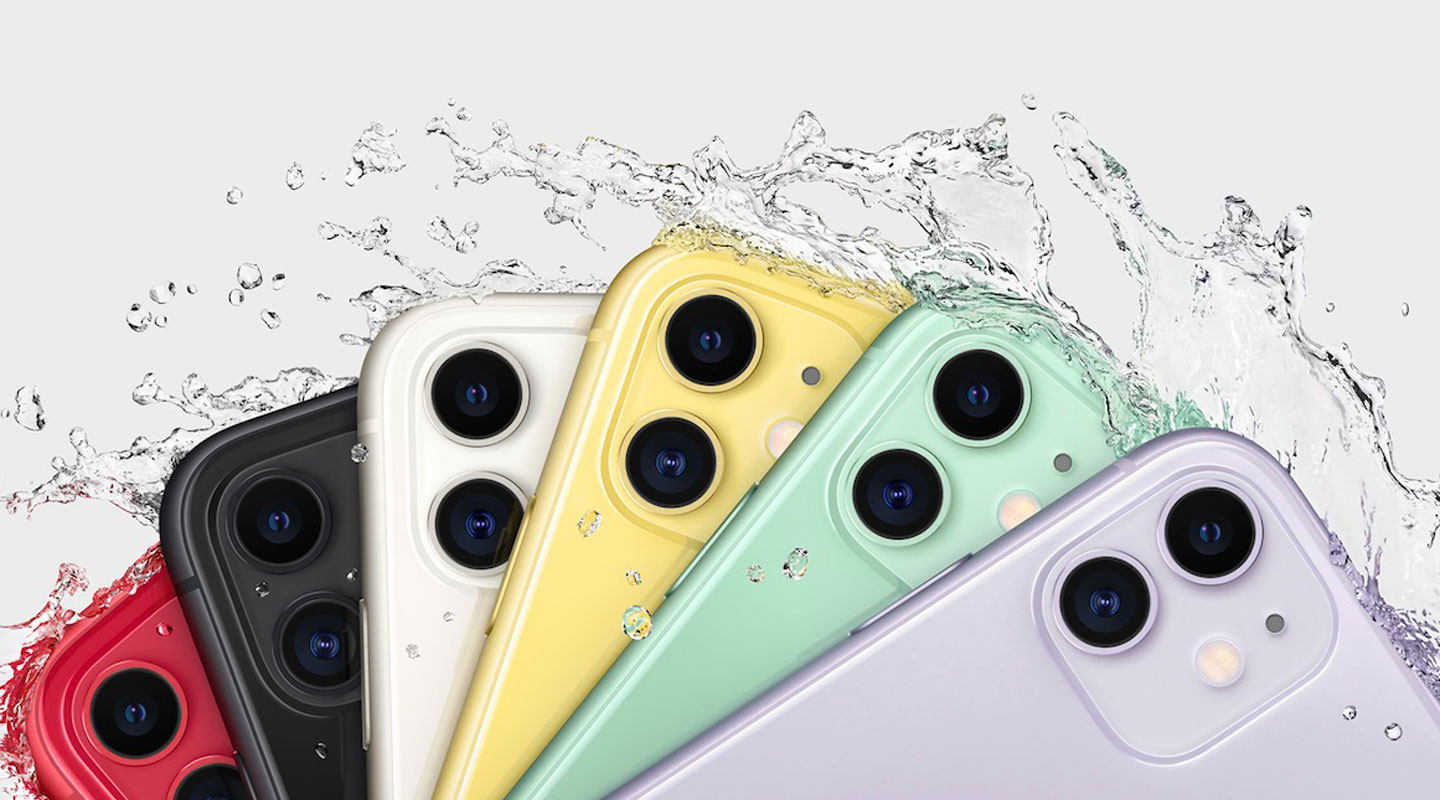
It's probably a bad idea to take your smartphone or smartwatch into the pool or the sea this summer, even if it claims to be water-resistant.
If you’re going on a summer holiday, then you’ll almost certainly be taking your smartphone along for the ride. If your phone was advertised as waterproof or water-resistant, then you’ll be tempted to take it into the sea or pool to record some aquatic memories. But there are good reasons not to do this and it’s all to do with how your expectations of a waterproof phone might not line up with the reality.
Just how waterproof is your phone?
To back up their claims of water resistance, most manufacturers brandish a set of seemingly random letters and numbers such as IP67, IP68 and IP69. IP, which stands for Ingress Protection, is a standard for dust and water resistance as defined by a global standards body called the International Electrotechnical Commission (IEC).
The first figure – the ‘6’ – means the device is dust-tight.
The second figure indicates the level of water resistance. The higher the number, the greater the level of water resistance. The most common levels are:
‘7’ – the device can survive immersion in water at depths up to a maximum of 1m for 30 minutes. The Google Pixel 2 is an example of an IP67-rated smartphone.
‘8’ – the device can survive immersion in water at depths up to a maximum of 3m for a period of time as specified by the manufacturer. For example, the IP68-rated Samsung Galaxy S21 can survive submersion in water up to a maximum depth of 1.5m for up to 30 minutes.
‘9’ means the device can survive high pressure, high temperature water jets. We won’t go into further detail as IP69-rated devices are uncommon.
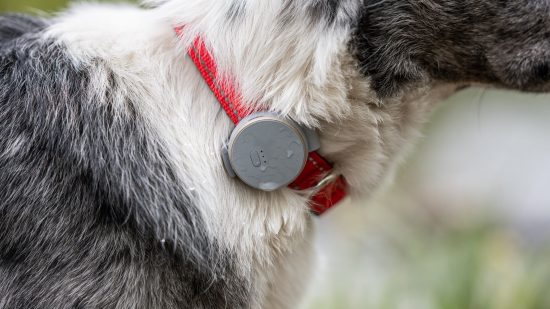
There are other, less commonly used water-resistance standards that manufacturers may tout. MIL-STD-810 is a US Department of Defense standard for rugged devices. It used to be relatively common for some phones to claim compliance with MIL-STD-810, but the IEC’s IP standard is now far more popular.
Apple uses the catchily-named standard 22810:2010 from the International Organisation for Standardisation (or ISO) for the Apple Watch models Series 3, Series 6 and SE. These smartwatches are rated to survive immersion in water as deep as 50m, although Apple doesn’t say for how long.
How do manufacturers waterproof their phones?
Water resistance in phones might seem like magical technology, but achieving it relies on some surprisingly common-sense techniques to prevent water for coming in to contact with your device’s delicate circuitry. Older, now discontinued, phones had physical flaps covering their ports to prevent water from getting in.
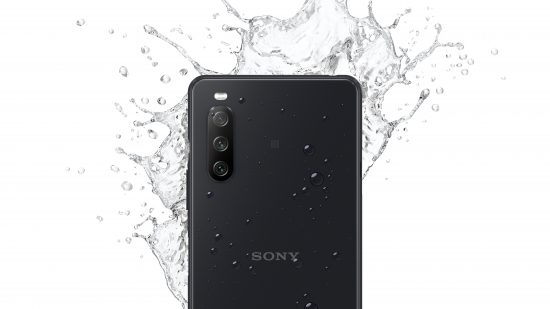
Modern water-resistant devices protect their internals with a physical barrier between the inside of the casing and the circuitry. Many phones use some combination of gaskets and seals made from rubber-like materials as well as barricades of set water-resistant glue.
Is the waterproofing foolproof?
In a word, no. As your device’s water resistance depends on a physical barrier, it can degrade over time just like any other substance or material – especially if it’s exposed to water repeatedly.
If you read your device manufacturer’s small print, you’ll probably notice that immersion in pool and seawater is often excluded from their water resistance claims. This is because chlorine in pool water and, most dangerously of all, the salt in sea water, can cause significant damage to the water-resistant materials inside your device as well to the circuitry.
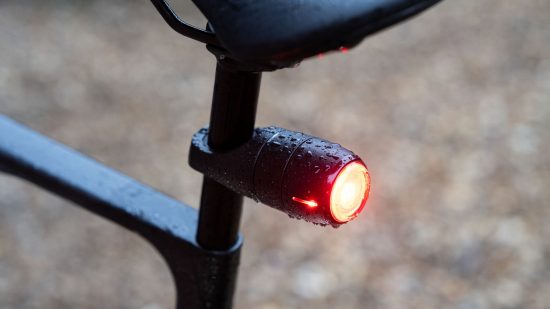
So taking your smartphone for a plunge in a swimming pool or ocean, even for a short while, would be a huge risk. Just ask the Vodafone customer rescued off the coast of north Wales while kayaking.
Plus, as so few devices are IP69-rated, the IEC standard for protection against high pressure and high temperature water, it’s also highly advisable to keep your smart device away from the likes of jacuzzis, jet sprays and geothermal spas.
Water resistance in the vast majority of modern devices is more about protecting them from rain and tap water, than from the likes of swimming and water sports. As always, ensure the ports – especially the charging port – are completely dry before plugging anything in to avoid damage.
I really want to take my phone underwater, no matter what. What are my options?
If you’re still dead set on taking your device into the water, no matter what its IP rating or the manufacturer’s advice, then it’d be wise to look at water resistant cases designed for the likes of scuba divers and subsea documentary makers. These highly specialised cases can, when properly fitted, protect some popular phones and dedicated cameras from seawater up to certain depths. They can be bulky and expensive though, with some only offering limited adjustment over controls. If you won’t take no for answer, then they could be what you’re looking for.
Stay up-to-date with the very latest news from Vodafone by following us on Twitter and signing up for News Centre website notifications.
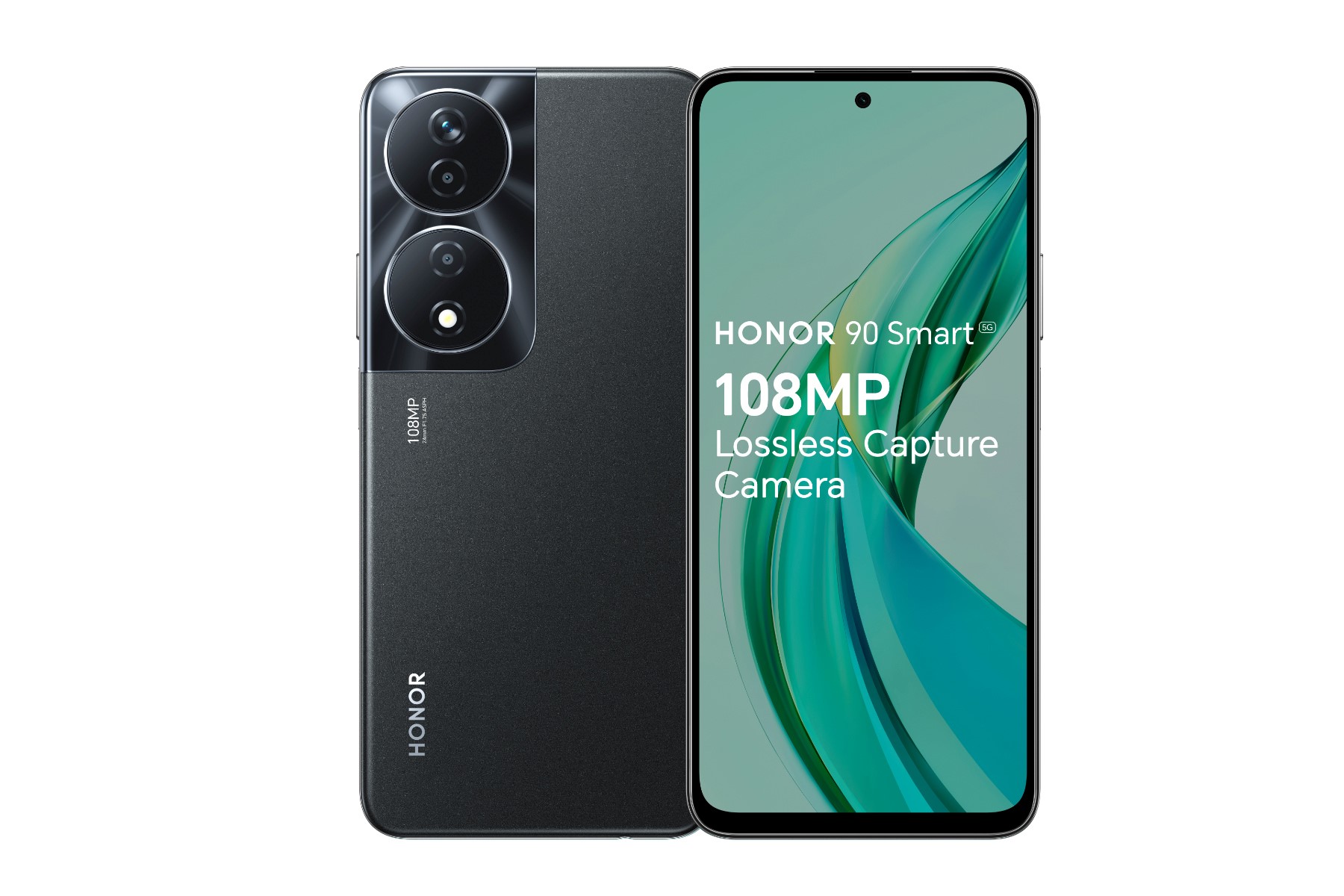
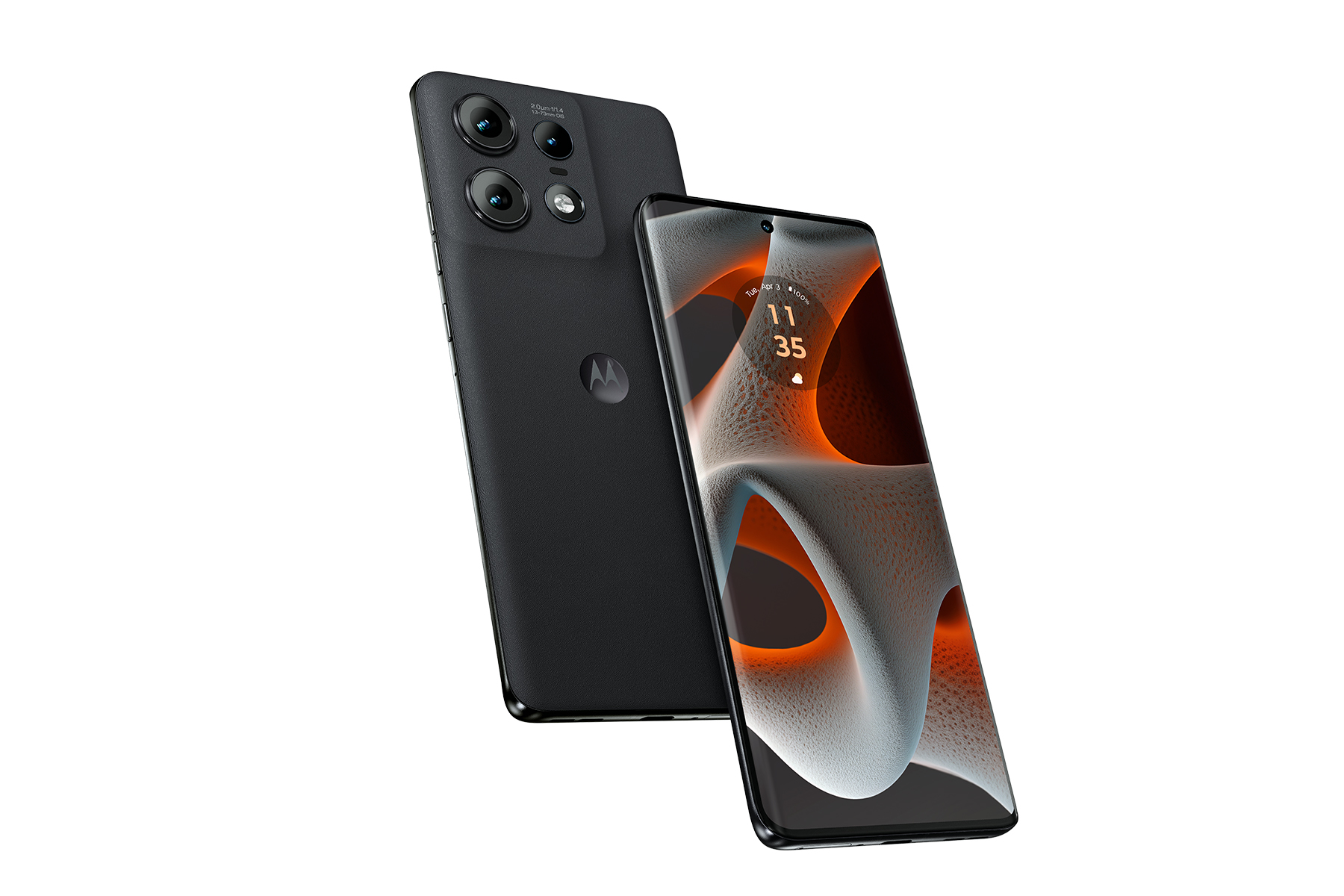
![1-happy woman with cleaning agent and phone[Adobe Stock] stock image of a woman using a smartphone while wearing rubber kitchen gloves and holding a spray bottle](https://www.vodafone.co.uk/newscentre/app/uploads/2024/04/1-happy-woman-with-cleaning-agent-and-phoneAdobe-Stock.jpg)
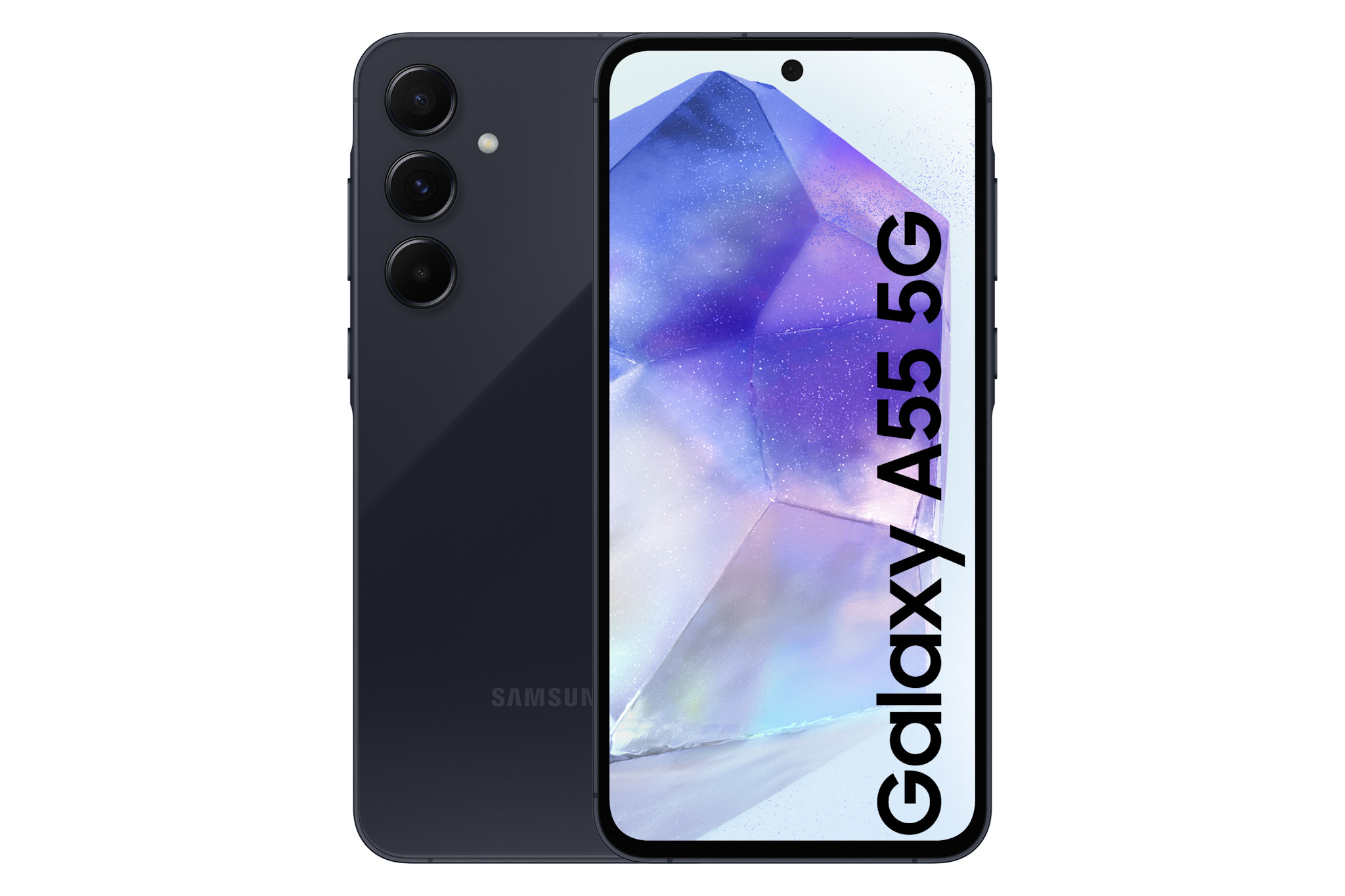

![Ben Wood [centre] at the launch of the Mobile Phone Museum exhibit at PK Porthcurno. Ben Wood [centre] at the launch of the Mobile Phone Museum exhibit at PK Porthcurno.](https://www.vodafone.co.uk/newscentre/app/uploads/2023/11/DSC04029.jpg)

![Samsung Galaxy Z Flip5 [left] and Samsung Galaxy Z Fold5 [right] Samsung Galaxy Z Flip5 [left] and Samsung Galaxy Z Fold5 [right]](https://www.vodafone.co.uk/newscentre/app/uploads/2023/07/Samsung-Galaxy-Z-Side-by-Side.jpg)

